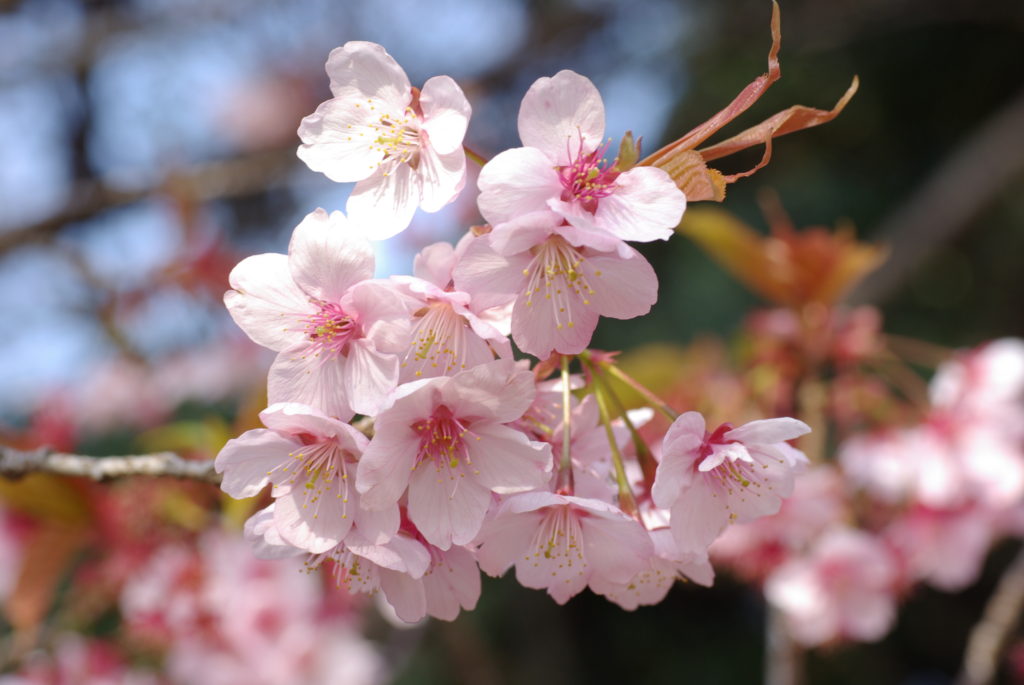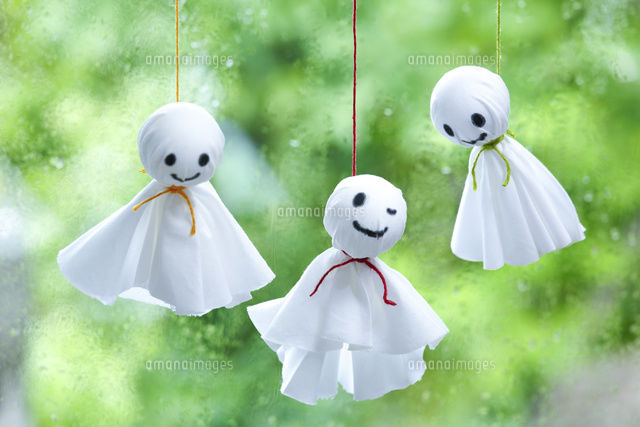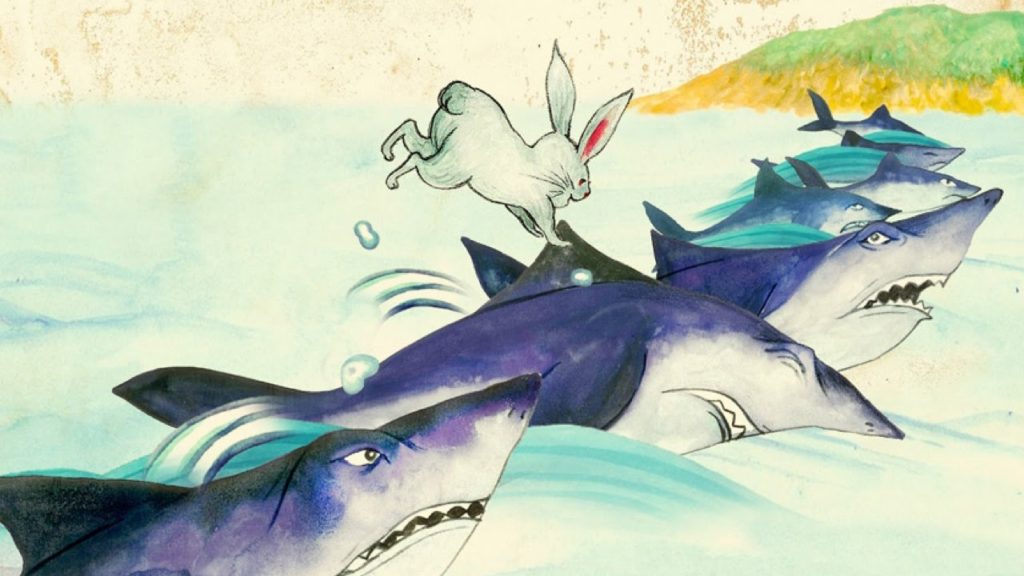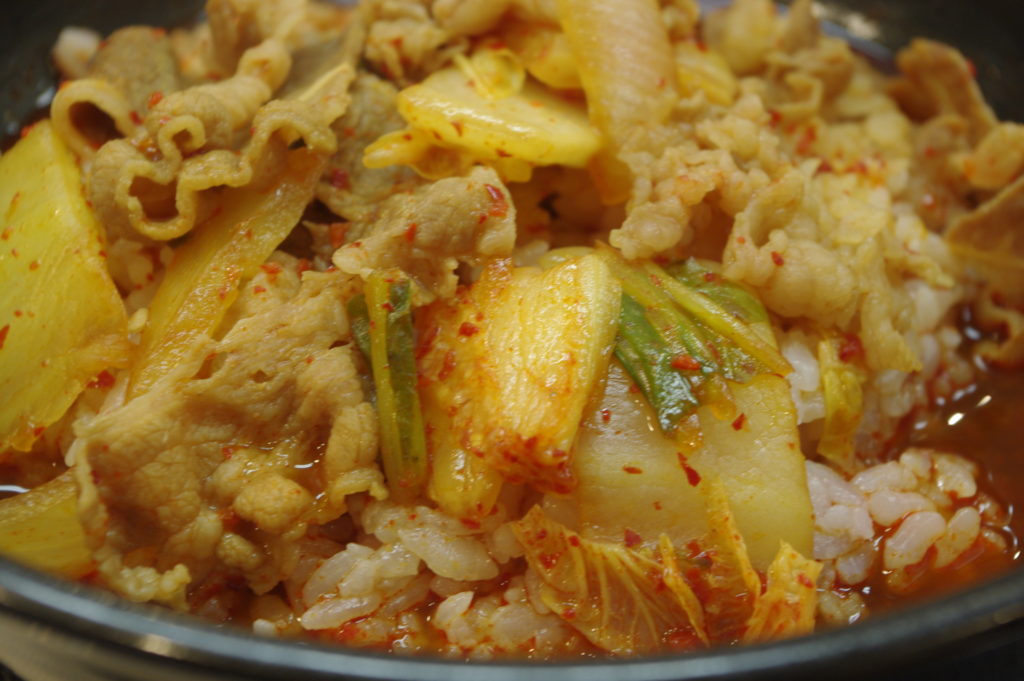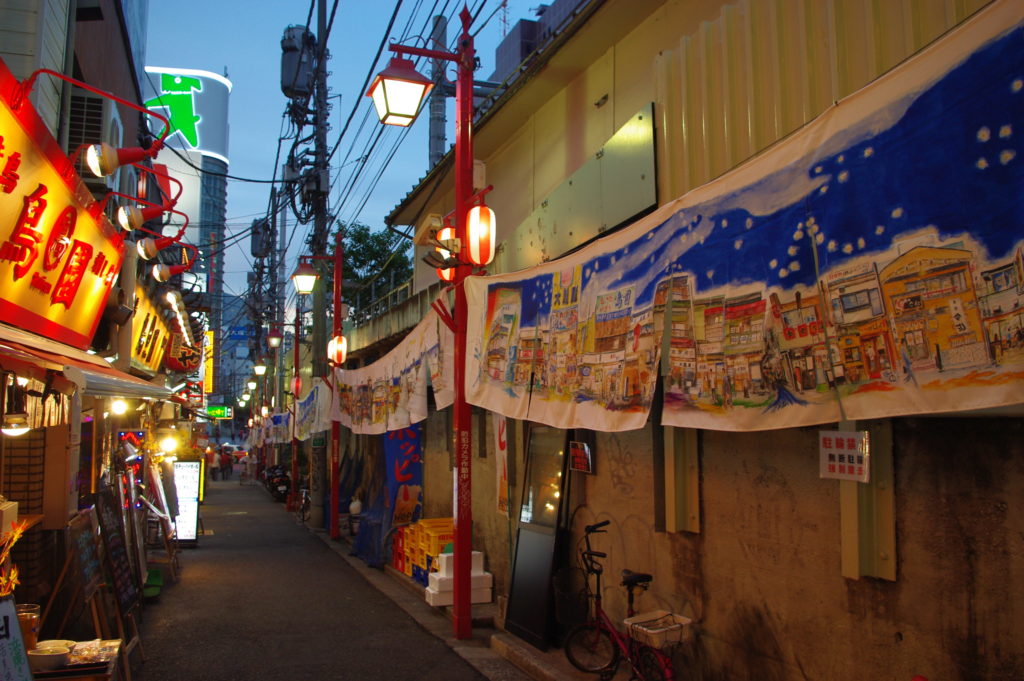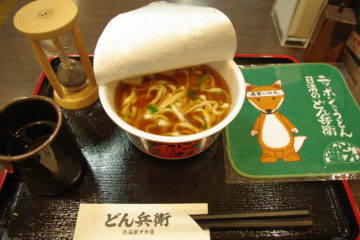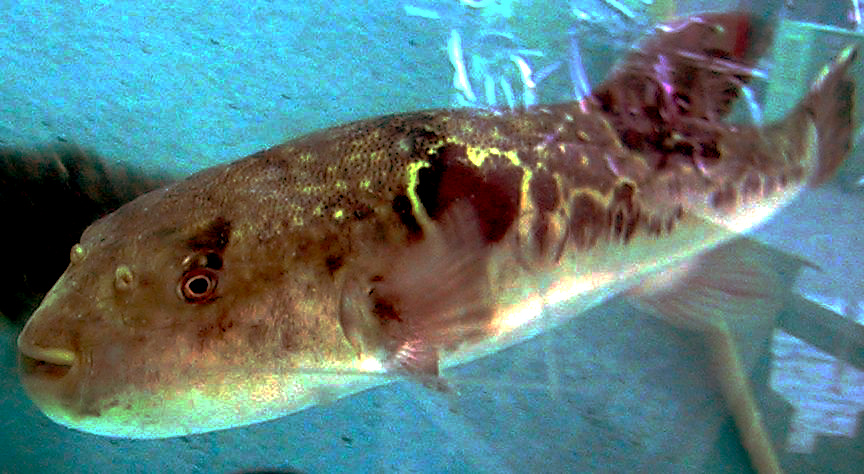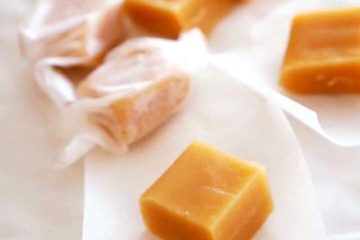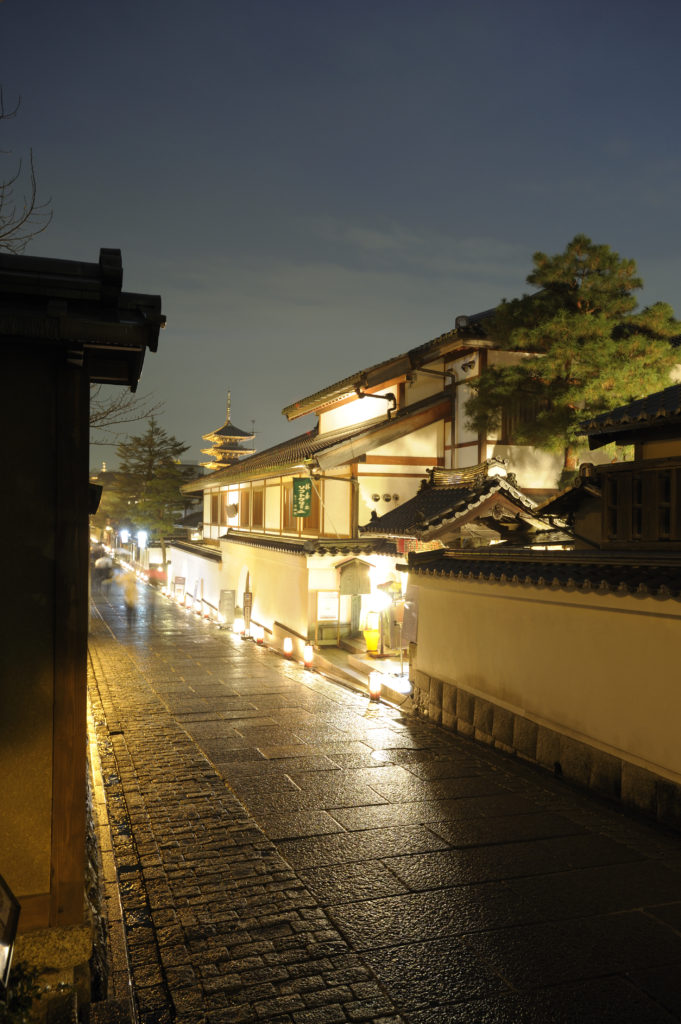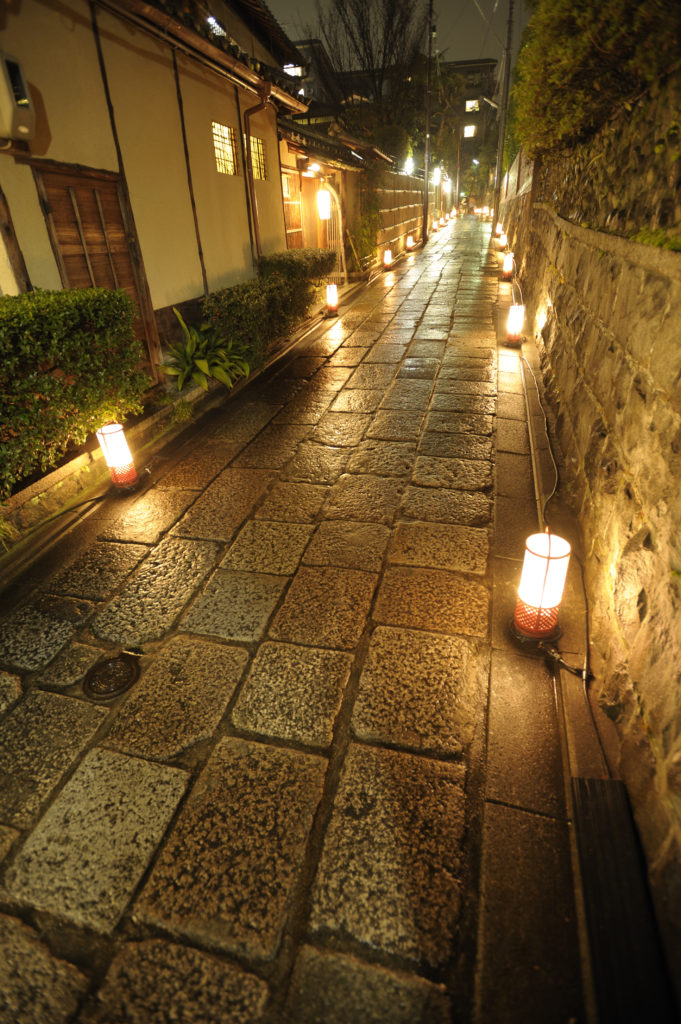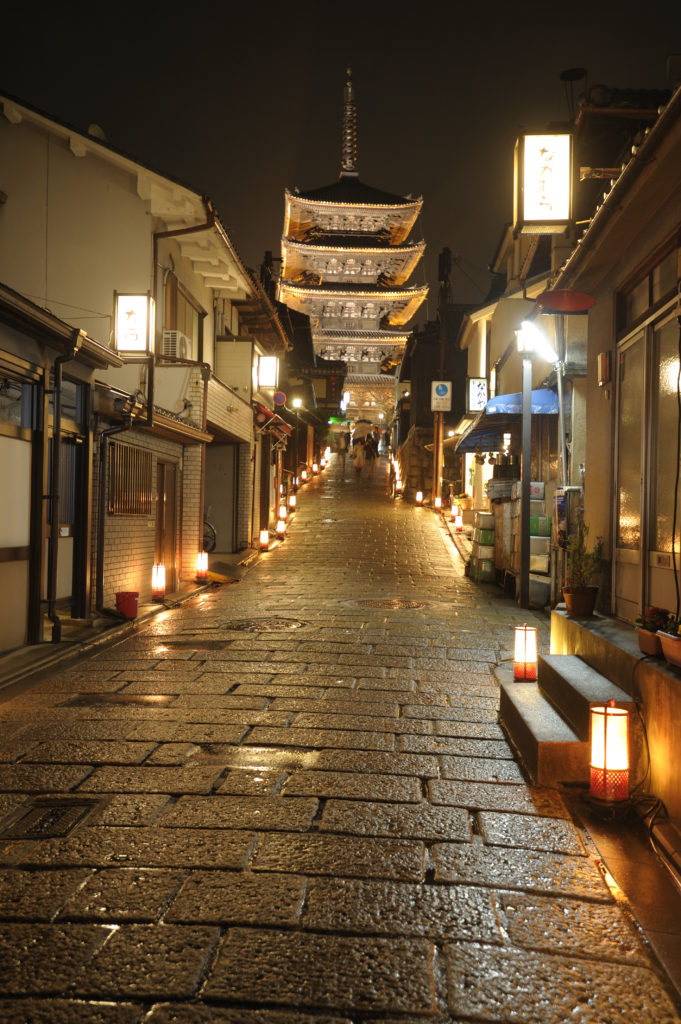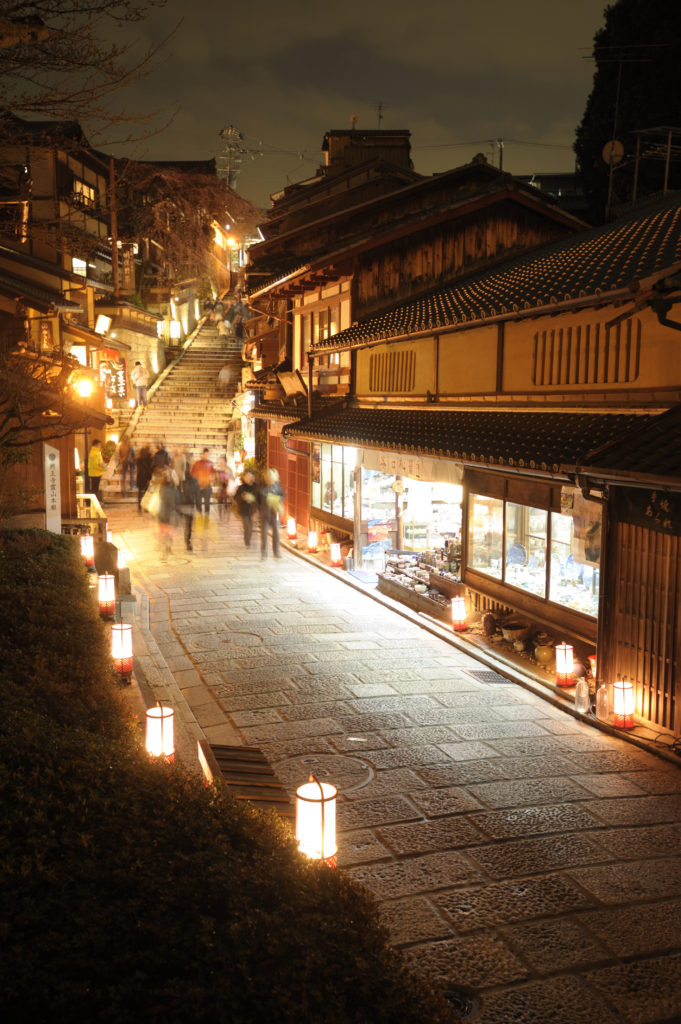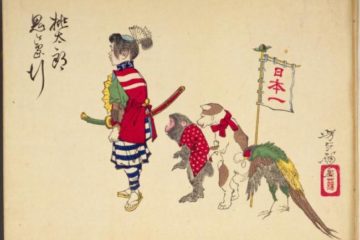The unofficial national flower of Japan, sakura, or the Japanese cherry blossom, holds tremendous symbolic and cultural meaning to the Japanese people. Contrary to the name, sakura does not bear actual fruit; sakuranbo (cherries) actually come from another type of tree. Today we will introduce you to the cultural impact of Japan’s glorious sakura, and a couple of our tours to Tokyo’s best sakura sightseeing locations.
Most Japanese are gaga about sakura. Whether it is traditional kimono, ceramics, and sweets, the Japanese love of sakura can be observed in many traditional Japanese culture, and continues even until today. Every year, when it becomes late March, it is difficult to turn on the radio and not have a song about Japan’s beloved sakura. It may seem a little bizarre to one who has not lived in Japan, but during this season there is whole section in the daily weather dedicated to predicting the blooming schedules of the sakura.
Of course, there is a good reason why the sakura has taken such a deep root into Japanese culture. To the Japanese, sakura symbolize a time of new beginnings. As both the Japanese fiscal and school year both begin when the sakura bloom in April, the Japanese are raised from childhood with a distinct fondness for the white and pink blossoms produced by the tree. The short lifespan of the sakura represents the shortness of life, and it can be said that the sakura season is a time for the Japanese to show their respect for mortality.
Japan’s love of sakura is deeply ingrained into the culture that its blossoming is used as a way to bring people together. Companies and friends have picnics during the cherry blossom season called hanami, where they drink, eat, and watch the sakura together.



